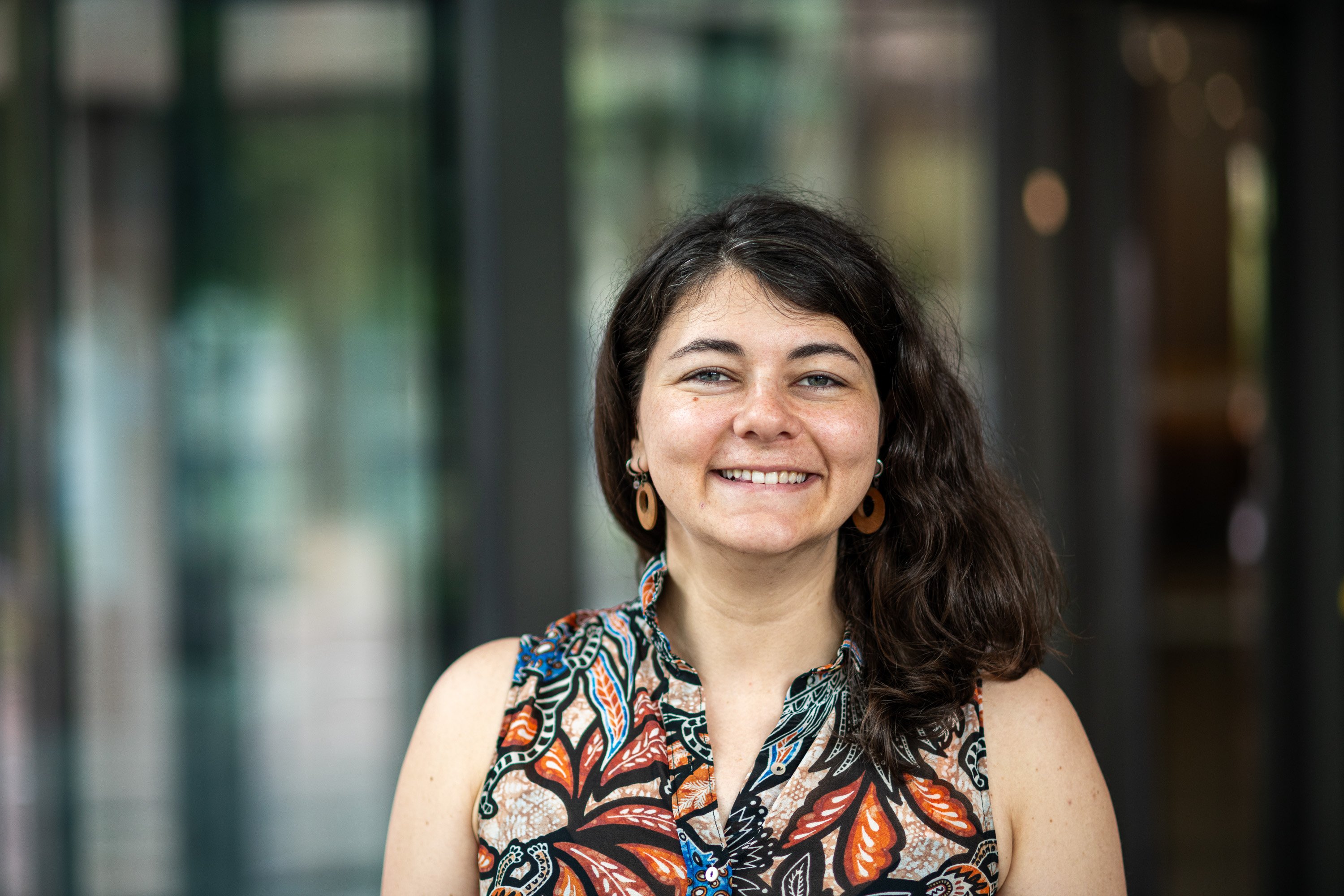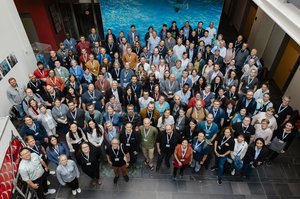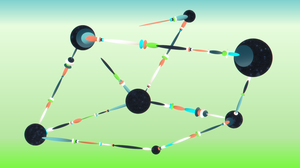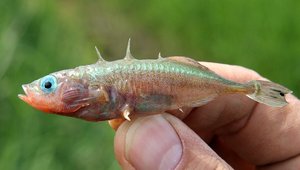New use case project launched: “MiCoDa should not be developed in isolation, but together with the community”

Hi Stephanie! With MiCoDa – currently the largest publicly accessible microbiome database – you are contributing an exciting new use case project to the NFDI4Biodiversity community. First of all, welcome! Can you briefly introduce yourself?
Sure! I am Stephanie Jurburg, Steph for short, and currently a senior researcher and deputy group leader of the Microbial Interaction Ecology working group in the Department of Applied Microbial Ecology at the Helmholtz Center for Environmental Research (UFZ). As an ecologist, I study the structure of microbial communities in all microbiomes. I am also involved in the Open Science movement in my spare time: I have been co-leading the Open Science Working Group of the Global Young Academy since 2022 and was elected RDA Disciplinary Ambassador for Microbial Ecology in 2023. Since this year, I have also been a member of a Leopoldina working group on the future of scientific publishing. Privately, I enjoy life with live music and cooking.
MiCoDa has just been included in NFDI4Biodiversity as a new use case project. Can you introduce MiCoDa to those who don't know it yet?
MiCoDa is a fully ready-to-use database that can be of interest to a wide range of specialist groups. The idea behind the database is that people can work with it without having advanced knowledge of computational biology, bioinformatics or microbiome sequence analysis. MiCoDa is therefore of particular interest to people who do not have the infrastructure for high-performance computers or who are interested in microbiome research on a large scale. MiCoDa is currently one of the largest curated databases in the field of metabarcoding. The extensive curation and bioinformatics efforts have resulted in uniform species standards for all studies within MiCoDa, which facilitates comparisons.
When and how did the project come about? Was there a gap that you observed that led you to develop the database?
The project grew out of my own attempt to reuse data in 2018 when I was trying to synthesize microbiome data. At the time, I assumed that it would be easier to find microbiome data than traditional ecological data, which I had mainly worked with before. However, since this was not the case, I decided to systematically analyze how FAIR microbiome data is in general. It turned out that the data is not as accessible as it should be to make meta-analysis straightforward. Furthermore, in my work with macroecologists, I have found that while they are interested in including bacteria in large-scale ecological syntheses, they lack the bioinformatics skills to retrieve and process the archived raw data – which is ultimately detrimental to bacterial ecology. At the end of our systematic analysis of the availability of metabarcoding data, we had compiled a list of well-archived datasets – and this became the first version of MiCoDa.
“MiCoDa is a data rescue mission.”
Stephanie Jurburg
How did you find out about the NFDI and NFDI4Biodiversity in particular?
I started developing MiCoDa while working at the German Center for Integrative Biodiversity Research (iDiv), where many researchers are involved in NFDI4Biodiversity. As MiCoDa grew into a very large dataset, we started a collaboration with NFDI4Biodiversity co-spokesperson Birgitta König-Ries, the head of iDiv's bioinformatics department, to help build the database. In exchange with her, we agreed to approach NFDI4Biodiversity, which is NFDI for ecologists – the target group of MiCoDa.
The NFDI4Biodiversity use case projects are, so to speak, test laboratories in which we – together with one or more partner projects or institutions – mobilize data, establish standards or set up storage infrastructures. What exactly will be the aim of the MiCoDa use case?
The most important aspect of cooperation between MiCoDa and NFDI4Biodiversity is the mutual exchange. MiCoDa will not be developed in isolation, but together with the community, and it will also become increasingly interoperable with other data sources. [Interested in further infos on the joint project? Click here for the detailed use case portrait.]
Generally speaking: Why is it important to you that data – like that in MiCoDa – is even more readily available in the future?
As far as sequencing data is concerned, we have a retrospective crisis. There are now very solid standards for archiving data and good ideas for handling it in the future. But we currently devote few resources to preparing data from the past – which is often the only data that exists for certain experiments or environments. Sampling is rarely repeated, but existing data may lack specific quality measures and standards. From this perspective, MiCoDa is a data rescue mission, so to speak: metabarcoding data is refreshed with additional metadata and made fit for reuse through standardized bioinformatic processing.
Dr. Stephanie Jurburg is a microbioecologist and studies the entire microbiome. She is currently a postdoc and deputy group leader of the Microbial Interaction Ecology working group in the Department of Applied Microbial Ecology at the Helmholtz Center for Environmental Research (UFZ). In addition to her work as an ecologist, she is committed to making science and data FAIR and open. In her private life, she loves cooking and going to live concerts.







